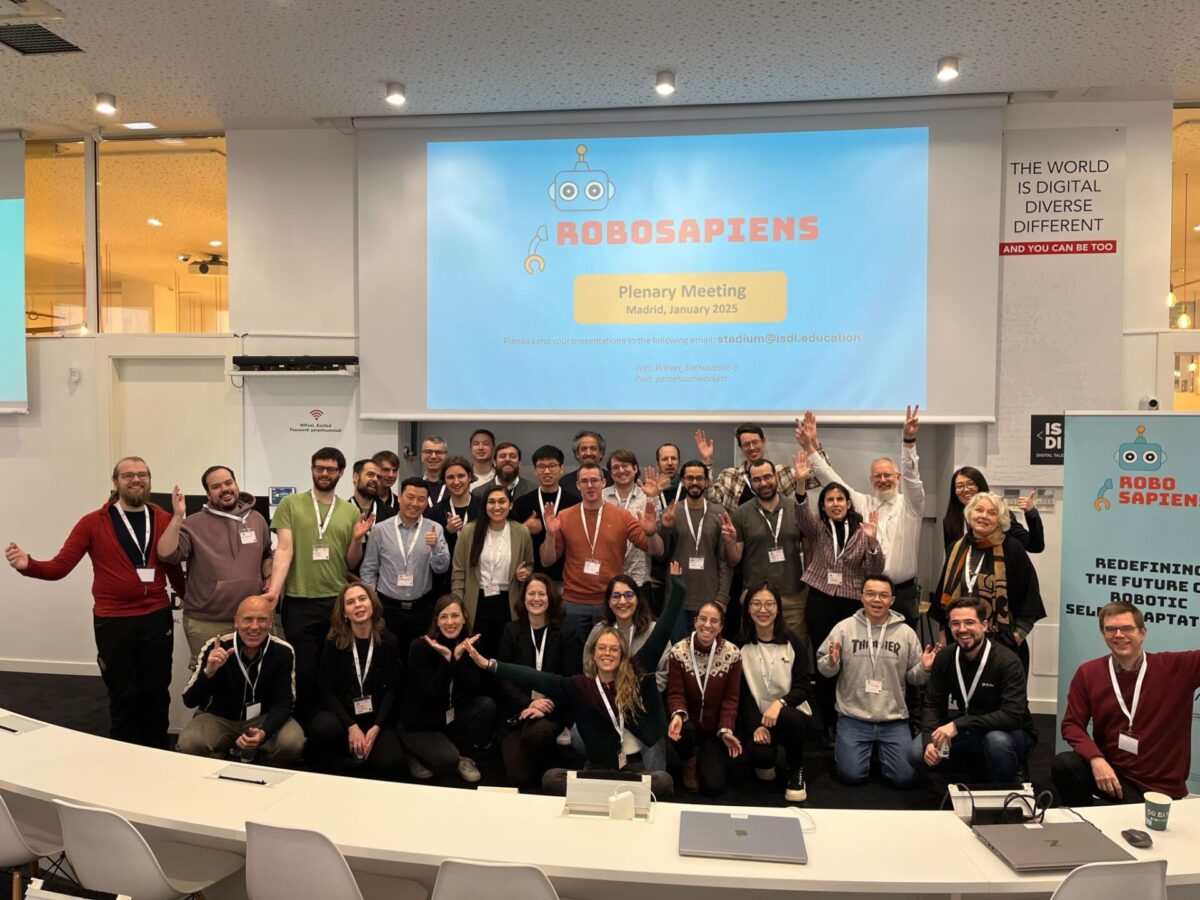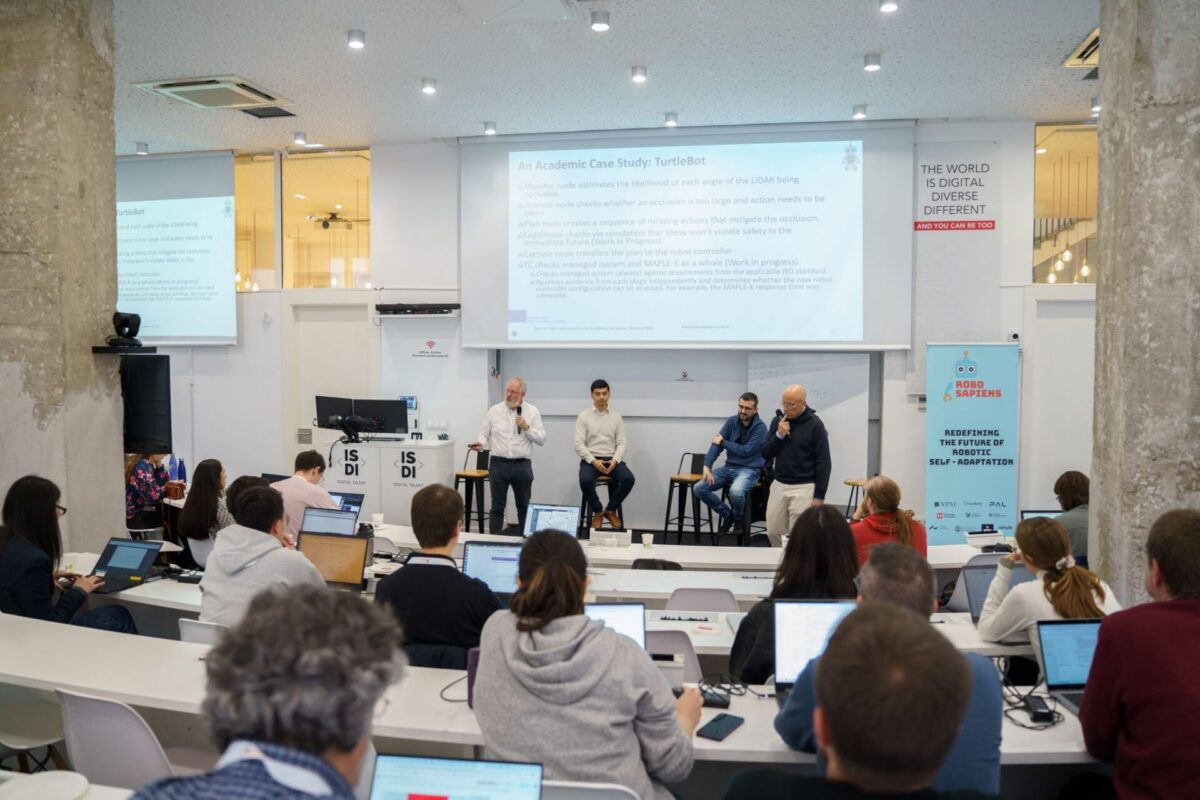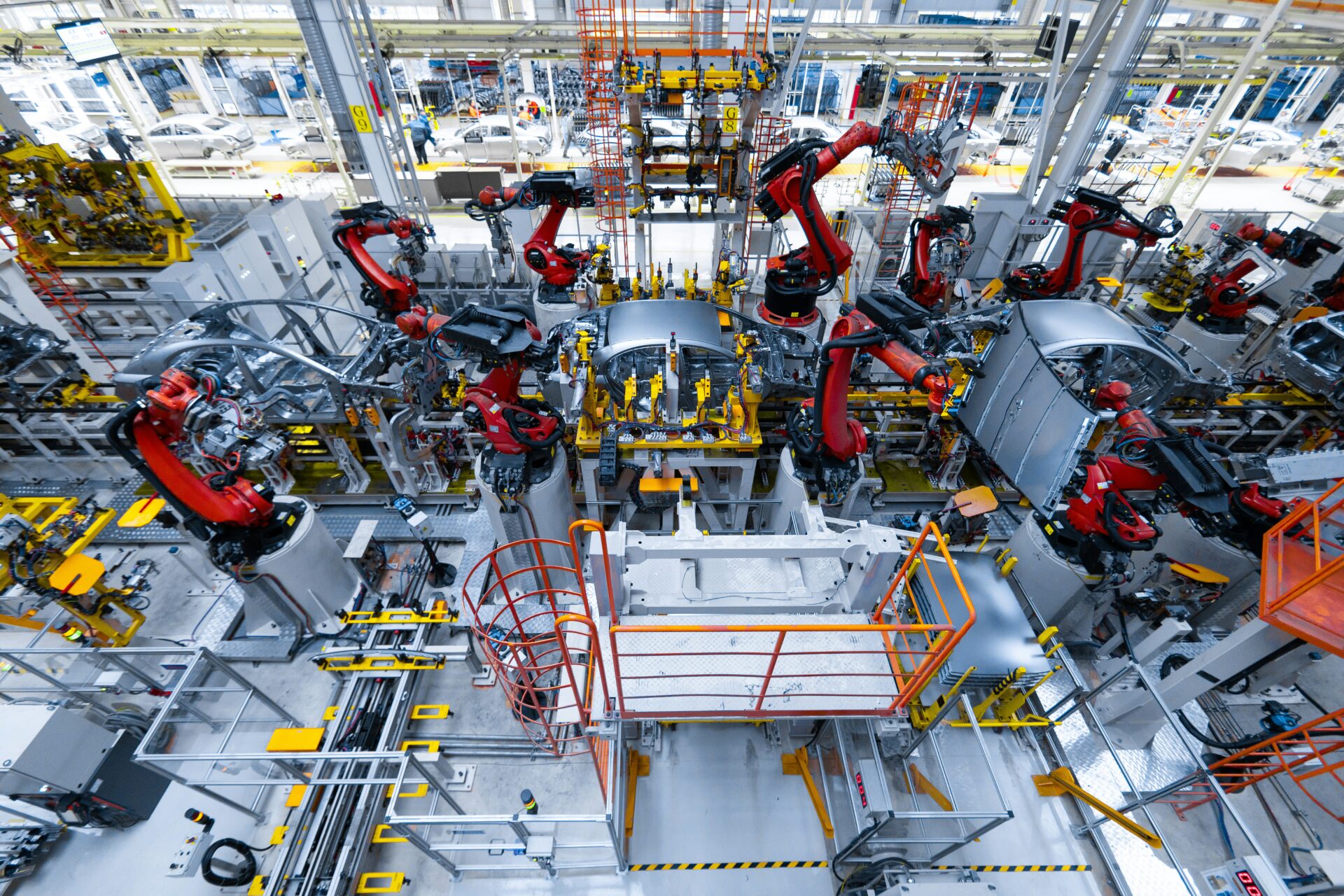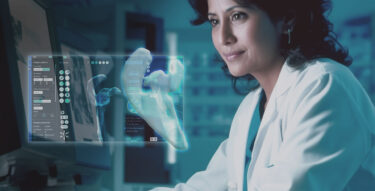A consortium of researchers from around Europe gathered in Spain in January to discuss their efforts to help make self-adapting industrial robots — like those that work alongside humans on machine shop floors — safer and more trustworthy.
With over 4 million robots deployed in factories around the globe, the industry is moving quickly away from more traditional fixed production lines, to robots that can adapt to changes in their environment.
For instance, a robot working on a machine shop floor that encounters an unexpected object impeding its path will need to make a mult-millisecond-speed decision on how to avoid the object in the safest way possible and return to its task.
Now, throw in the added danger that robots often work alongside humans in factories, and it’s imperative that these self-adaptive robots operate safely almost 100% of the time.
An analysis of Occupational Safety and Health Administration (OSHA) data by Nathan E. Sanders, Elif Şener, and Karen B. Chen in the journal Applied Ergonomics found that between 2015 – 2022, the agency recorded 77 Severe Injury Reports (SIRs) related to robots. Most involved stationary robots, but mobile robots caused 23 accidents, according to the researchers.
As more self-adapting robots proliferate in factories, scientists and engineers in the United States, China and Europe are quickly developing methods and frameworks to make them operate safely alongside human workers.
In the European Union, RoboSAPIENS, a consortium of researchers backed by the EU’s Horizon Europe 2021-2027 fund, are using Deep Learning and Digital Twins to make self-adapting industrial robots safer and more trustworthy.
The researchers met in early January on the campus of Madrid’s ISDI business school to discuss their progress a year after launching.
The consortium involves a number of academic and private sector businesses: Denmark’s Aarhus University; Aristotle University of Thessaloniki, AUTH (Greece); Danish Technological Institute, DTI (Denmark); Fraunhofer IFF, Fraunhofer (Germany); University of York, UoY (United Kingdom); University of Antwerp, UA (Belgium); Norwegian University of Science and Technology, NTNU (Norway); PAL Robotics, PAL (Spain); ISDI Accelerator, ISDI (Spain); Simula Research Lab, SRL (Norway).
They also recently released a white paper via Cambridge University Press that outlines their research and development goals. According to the white paper, the project “will focus on autonomous robotic software adaptations and will lay the foundations for ensuring that they are carried out in an intrinsically trustworthy, safe and efficient manner, thereby reconciling open-ended self-adaptation with safety by design.” RoboSAPIENS will turn these foundations into “‘first time right’-design tools and platforms and will validate and demonstrate them.”

“Intelligence and adaptation are absolutely key for autonomy; the key for the next generation of robots,” said Ana Cavalcanti, director of the RoboStar centre on Software Engineering for Robotics, professor of Computer Science at University of York and a RoboSAPIENS consortium member. “They are key for us to be able to trust the robots to serve us. And with RoboSAPIENS we are making sure that we can put that trust in the robots, because we aren’t worrying about the reliability of their behavior, the reliability of their adaptation…”
According to news coverage from its launch a year ago, RoboSAPIENS is elaborating on current autonomic computing framework, often referred to as Monitor-Analyze-Plan-Execute-Knowledge (MAPE-K), to include adaptive controllers in robotic applications, and reconcile it with stringent safety requirements.
They will use Deep Learning (DL) and Digital Twin (DT) technology to generate the adapted controller settings. Automated (virtual and real) tests will be deployed to evaluate a safe operation of the robot after adaptation.
In the future, the RoboSAPIENS project says it will work in line with robotics manufacturers and users to incorporate the adaptive controllers into robotic applications. Its main goal is to deliver Europe’s industrial robot sector with a demonstrated and validated architecture to reconcile reliability and trustworthiness with open-ended self-adaptation industrial robots.
The project is already working on use cases with manufacturing and logistics partners. One involves industrial robots that disassemble computer waste; another improves navigation predictability of autonomous water vessels; a third aims to adapt work and navigation paths assigned to fleets of Autonomous Mobile Robots (AMRs) when anomalies — such as low batteries or unforeseen human behavior — arise on shop floors; and the fourth will automatically assess risks in human-robot collaboration (cobot) situations to avoid accidents and reduce costs.
“We’re doing really important, collaborative, interdisciplinary, transdisciplinary work on ethics,” said Alexandra Morrison, Assistant Professor of Philosophy at Michigan Technological University, who attended the meeting in Madrid. “The only way to do ethics in Europe is taking the lead on this. Putting people from social sciences and philosophy together with engineers and doing collaborative work.”
Morrison adds that it’s important to think about ethics not at the end of the project, but at the beginning. “We are in the design phase now so this is the perfect time to start thinking about important ethical issues involved in robotics and AI,” she said.

The RoboSAPIENS consortium at the plenary meeting in Madrid in January, 2025. Image courtesy of RoboSAPIENS via LinkedIn.
Disclosure: This story mentions a client of an Espacio portfolio company.












